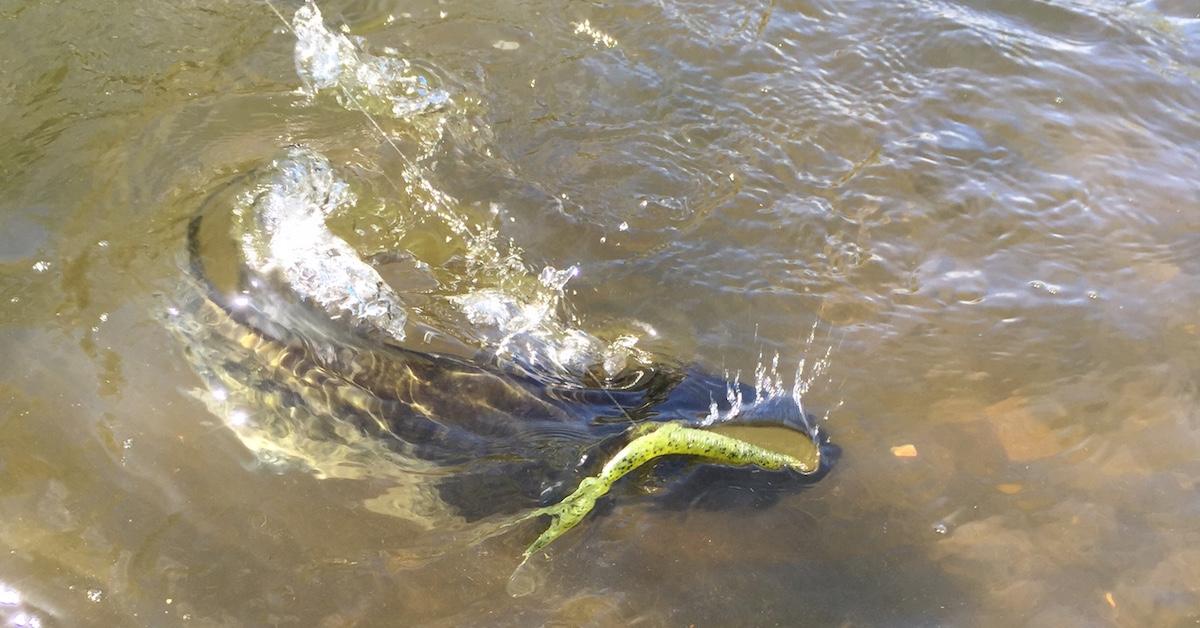3 Tips To Prevent Losing Fish
Whether you’re a seasoned tournament angler or a novice just learning the ropes, you’ve probably experienced the agony that is losing a good fish. One minute you’re surging with excitement, and the next you’re left with an empty feeling in the pit of your stomach.Although lost fish are in some ways just the part of the cost of doing business when it comes to fishing, there are certainly things you can do as an angler to minimize the chance of a good one coming unbuttoned.Here are three:
1. Use good hooks
The first step to prevent losing fish is to pay attention to the component that pegs them in the first place – the hook. Rusty, undersized, or bent hooks will dramatically increase the chance of a fish coming off. Inspect your hooks frequently, and replace any dull or bent hooks immediately, particularly with moving baits that have treble hooks. A good set of split ring pliers will pay major dividends, making changing your hooks a breeze.
2. Let the rod do the work
When you hook a fish, your rod acts as a shock absorber, cushioning the surges and head-shakes a fish makes as it attempts to escape. In the excitement of fighting a fish, it can be easy to horse them in or give them slack – both recipes for lost fish. Instead, focus on holding your rod steady and letting it do the work for you. Take your time, and the rod will tire them out on its own.
3. Retie often
The vast majority of break-offs happen at the knot. Having a strong connection point is a huge key to prevent losing fish. Snags, vegetation, and previous fish catches can quickly weaken even the strongest knots. Frequently check your knot and first couple feet of line throughout the course of your day. If you find a nick, fray, or even a slight abrasion, don’t be afraid to re-tie. It only takes a minute, and it will pay dividends once it becomes a habit.
Updated November 11th, 2015 at 3:41 PM CT


